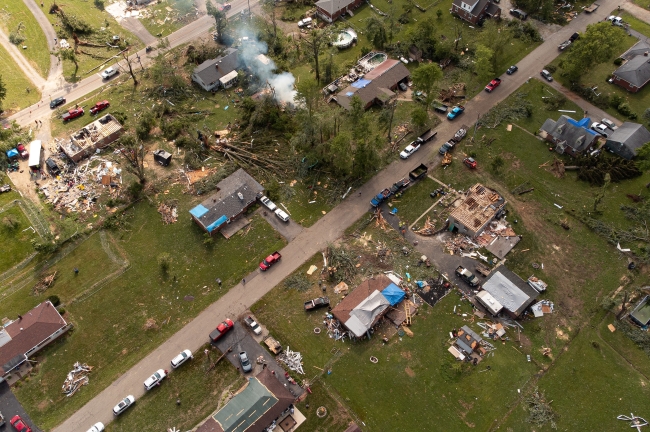Vehicle repair shops began experiencing backlogs during the pandemic. Today, it’s still a problem. As repair times drag on, auto insurance claim cycles are also becoming longer. As a result, the auto repair backlog may have a negative impact on claimant satisfaction.
The Factors Behind the Auto Repair Backlog
The current backlog is a culmination of multiple factors, including supply chain issues and labor shortages.
During the pandemic, a global microchip shortage caused problems for manufacturers, including car manufacturers. According to Consumer Reports, manufacturers built 1.7 million fewer vehicles in 2021 than in 2019, making it more difficult for people to buy new cars. In response, many people have held on to their old vehicles for longer. According to S&P Global, the average age of light vehicles in the U.S. reached 12.2 years in 2022.
Since older cars tend to need more maintenance, this trend may have contributed to an increase in demand for auto repairs. Property Casualty 360 says auto repair shops have also been dealing with material shortages, staffing challenges, and the need for training to support increasingly-complex fleets.
As a result, repair times have increased. Surveys from CRASH Network show that 85% of auto repair shops are scheduling new work two weeks or more into the future.
A Problem into the Foreseeable Future
Some of the factors contributing to the auto repair shop backlog may improve. For example, Automotive News says the microchip shortage is slowly recovering. However, other issues contributing to the backlog are likely to persist.
Cars have become increasingly high tech, which impacts repairs. According to Wired, fixing modern computerized cars requires expert knowledge and tools that aren’t always available. To make matters worse, the number of independent auto shops has declined, meaning there are fewer places where owners can take their cars for repairs.
Insurance Customers Aren’t Happy
In the face of long backlogs, expensive repair costs, and collision volumes that are returning to pre-pandemic levels, J.D. Power says it’s more expensive and time consuming than ever to get vehicles back on the road after a collision. The J.D. Power 2022 U.S. Auto Claims Satisfaction Study shows that satisfaction dropped seven points in 2022.
When cars take longer to repair, auto claims take longer to close. Long claims are a common source of claimant frustration. J.D. Power says the average repair cycle time was about 12 days before the pandemic; now, it’s almost 17 days.
When you’re trying to fix your vehicle after a crash to be able to drive to work and live your life again, those extra five days can seem like an eternity. It’s no surprise claims satisfaction is dropping, even if the longer delays aren’t the fault of the claim handlers.
Poor claims satisfaction is a big problem for insurance companies because when policyholders are unhappy with the handling of their claim, they tend to switch insurers. Accenture says insurance companies could lose $170 billion over the next five years due to poor claims experiences.
What Can Claims Handlers Do?
The current situation might not be the claims handlers’ fault, but claim handlers still need to address the problems if they want to keep claimant satisfaction high and reduce policyholder churn.
- Look for repair shops that act fast. Insurers have always needed to consider quality and cost, but now they also need to consider speed. Although the vast majority of repair shops are experiencing backlogs and increased repair times, the extent of the problem can vary between places.
- Set expectations. Policyholders may be unaware of the widespread auto repair shop problems. If their claim takes weeks when they expected it to take days, they’re likely to blame the insurance company and claims handler. As a result, they may switch insurance companies, not knowing this won’t lead to faster claims resolution. Communication is essential. You need to explain what’s happening, what you’re doing about it, and what the policyholder can expect.
- Find other ways to speed up claims. Auto repair cycle times might be out of your control, but many other aspects of the claims process are completely within your control. You may be wasting time on inefficient processes and redundant workflows. A better claims management software system could free up time for your claims handlers and promote superior customer experiences, with automated claims acknowledgement and adjuster and other innovations.
- Pay claims digitally. Claimants often wait up to a week for claims checks to arrive. By paying claims digitally, you can shave days off time-to-close, helping to offset repair time delays.
Looking for new ways to navigate the auto repair backlog and other claimant frustrations? VCA Software provides secure, innovative, cloud-based insurance claims technology to improve claims efficiency and help you transform the claims journey.
Learn more about IA/TPA solutions or carrier solutions.





